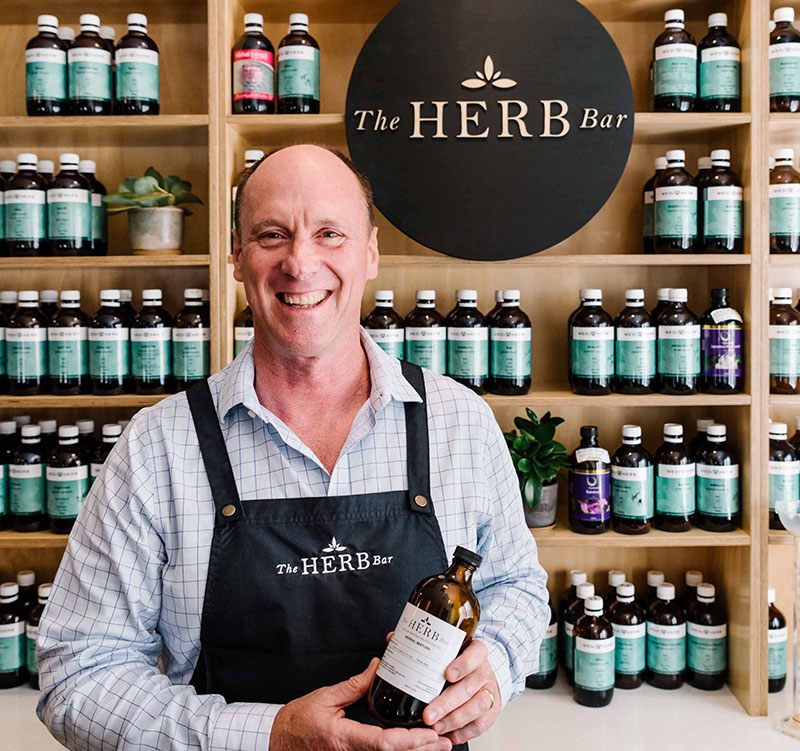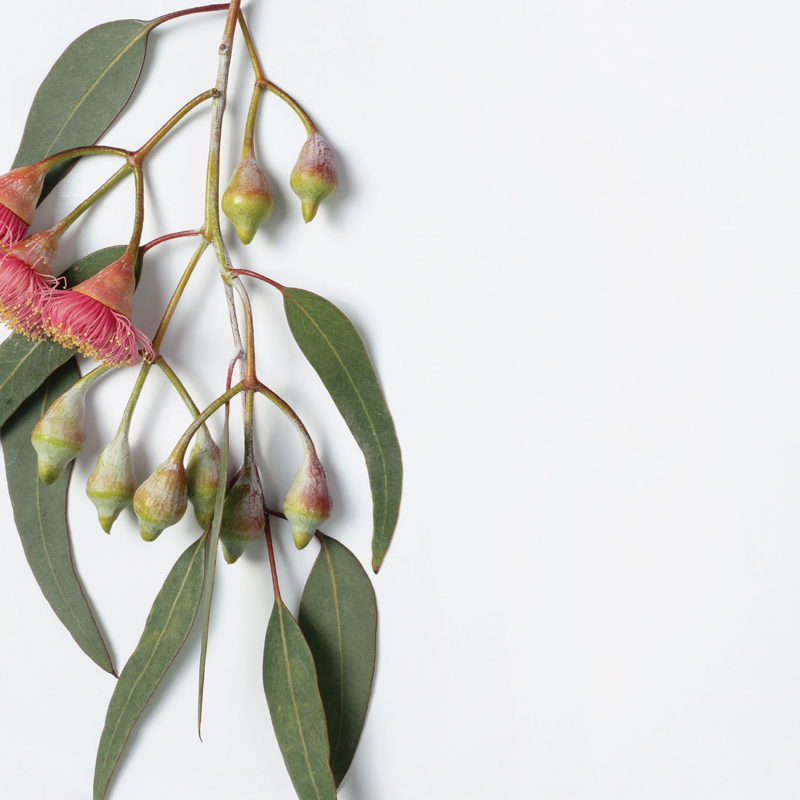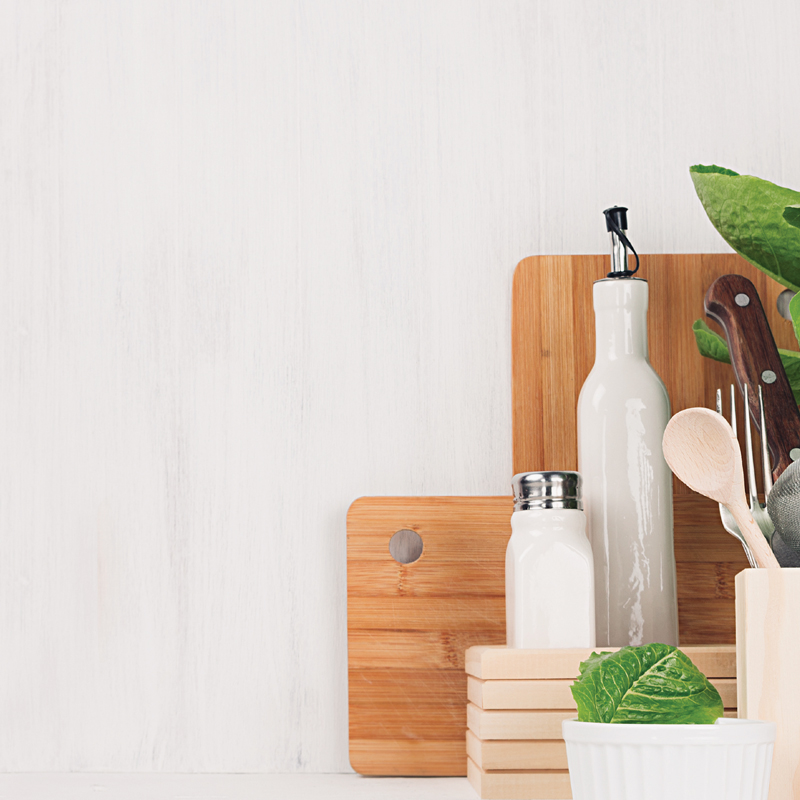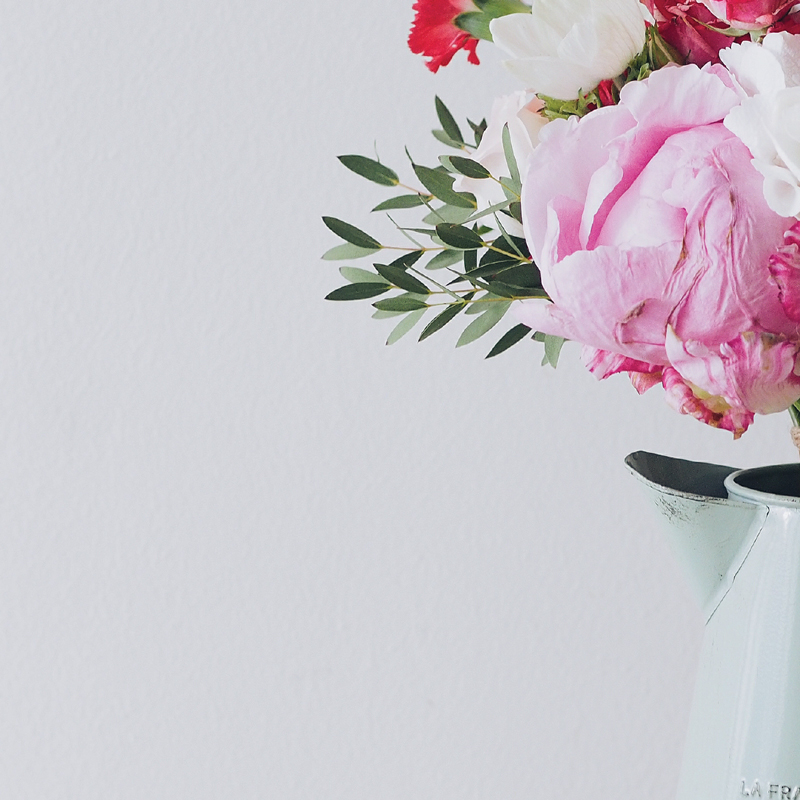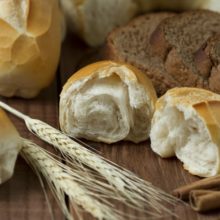
The Case for going Gluten Free
About one in seven Australians now report a sensitivity to eating wheat. That’s almost 3.4 million people who are potentially experiencing a whole range of symptoms, from bloating and IBS to brain fog, joint and muscle pain.
One of the main causes of these symptoms is gluten. If you experience these symptoms after eating gluten, you know all too well why ‘gluten-free’ isn’t a fad – it’s an important dietary choice that saves your gut from pain, bloating and many more uncomfortable symptoms.
Gluten is actually one of the first inflammatory foods we ask our patients to give up, so I thought I would take some time to explain what gluten is and why you may feel better if you give it up.
So, what is gluten?
Gluten is a protein found in wheat and grains like rye and barley. It’s part of what allows bread to rise, however, it is hard to digest and may cause inflammation.
How do you know if you should go gluten-free?
People who have celiac disease cannot tolerate gluten at all, as it triggers an autoimmune response that can cause damage to their gut wall. This can interfere with nutrient absorption and can cause a long list of symptoms, as well as leading to other problems like nerve damage, infertility, osteoporosis and even seizures.
However, many people have an underlying intolerance or sensitivity to gluten that may be disrupting their digestion, causing discomfort or pain and ultimately, leading to all sorts of issues including skin problems, hormone imbalances and autoimmune conditions.
Not long ago, gluten intolerance was diagnosed by a process of elimination. Today it can be identified with a simple IgG food intolerance test.
Which foods contain gluten?
Common foods that contain gluten include bread, pasta, pizza, couscous, barley and rye. Gluten may also show up in foods like oats, soy sauce, salad dressings, seasonings and condiments, so it’s important to look closely at the ingredients list when shopping.
So, what should you eat instead?
Thankfully, there’s a long list of foods that DON’T contain gluten, and this list is growing as gluten intolerance becomes more and more common. While it might be tempting to try all of the gluten-free snacks and desserts that are now widely available, we still recommend eating as close to nature as possible, even when you’re eating GF. You may be surprised, but it actually makes it much easier to know what’s in your food!
One of the hardest things to give up when going gluten-free is bread. There’s always the vege alternatives like lettuce wraps and mushroom buns, but sometimes you just want a sandwich! The good news is that there are now LOTS of options to choose from – we’ve helped you out by compiling our favourite gluten-free bread recipes.

